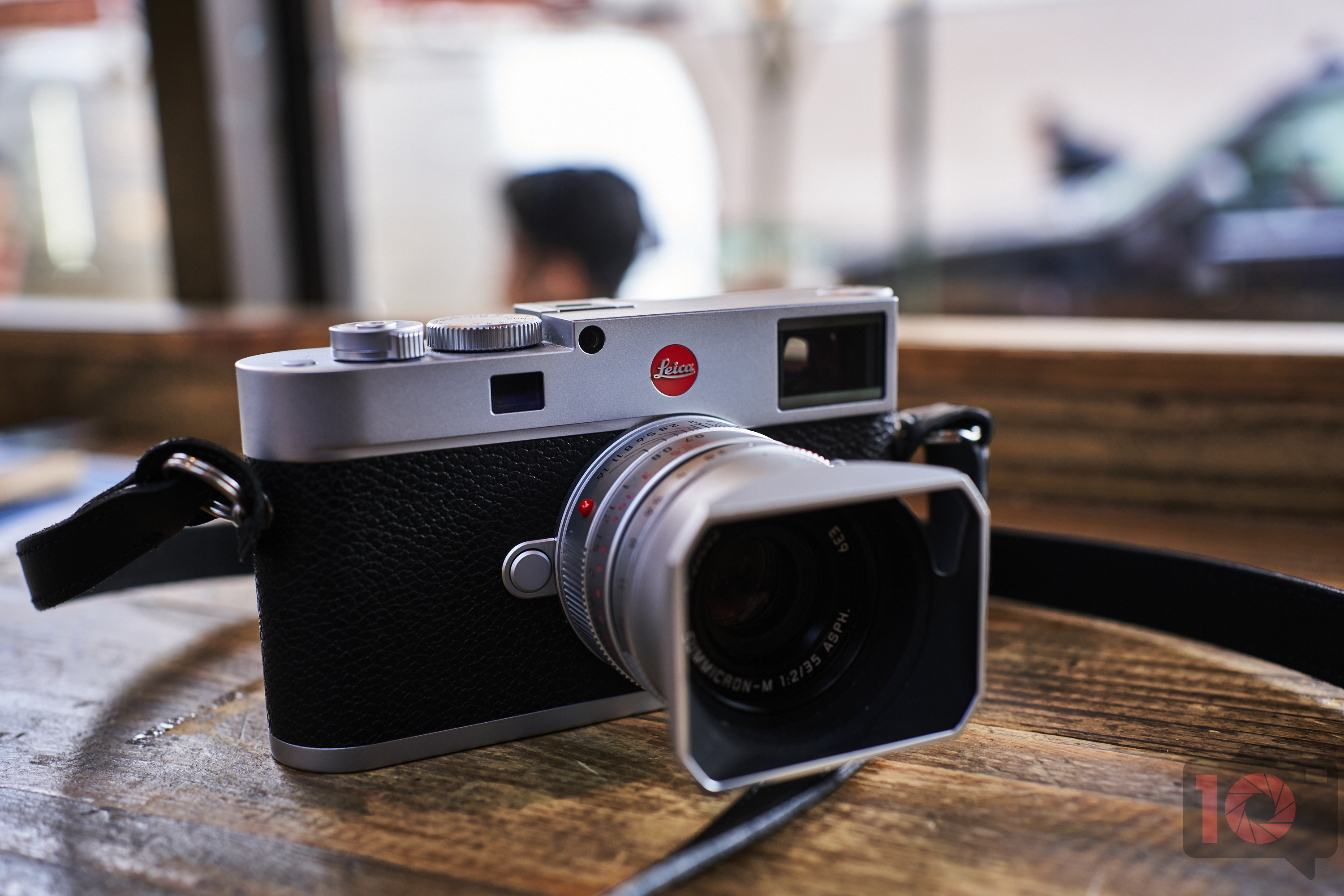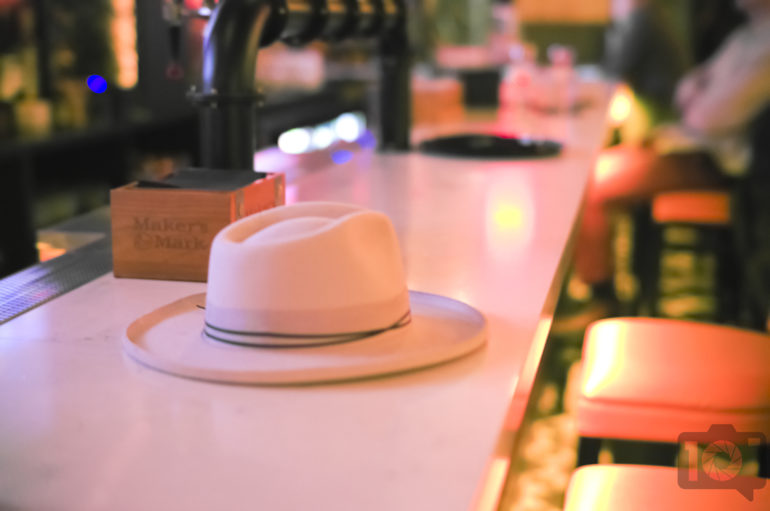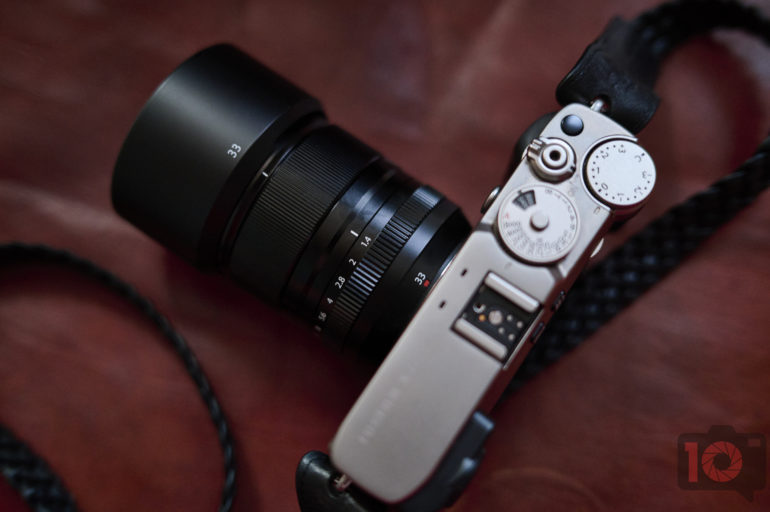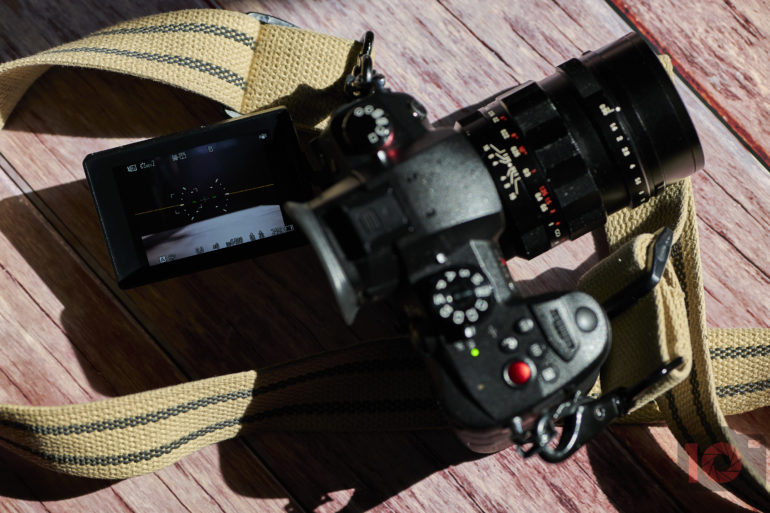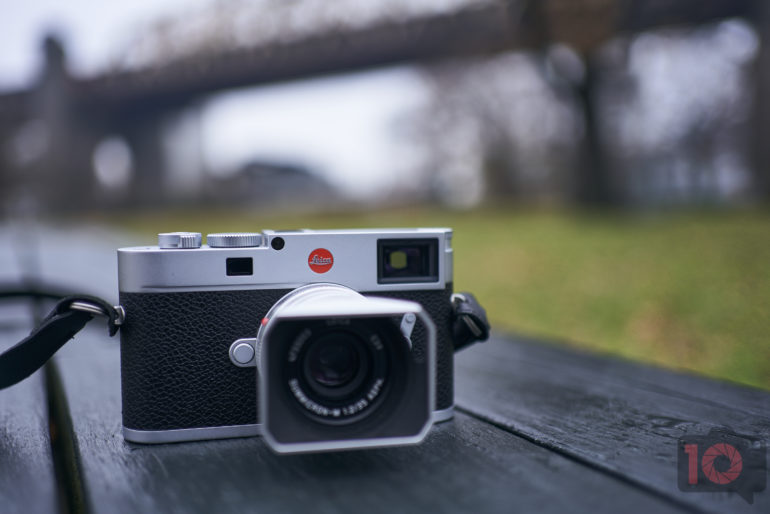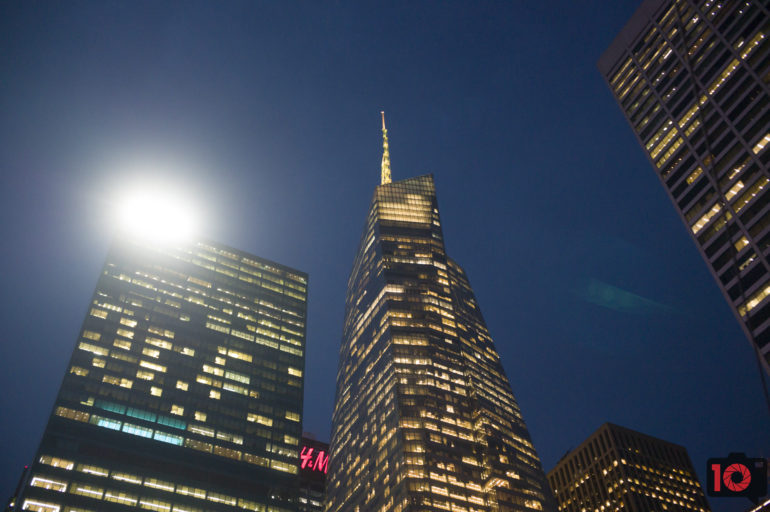Oh man! Very few things excite me like not needing to edit photos I just shot. It keeps me in the moment and ensures I’m not shooting for the edit. I’m instead shooting for the moment and getting the photo the best possible in-camera. In fact, certain cameras are just so good that I don’t need to edit the photos. We’ve tested a bunch here at The Phoblographer over the past 13 years. So here are the best cameras for shooting JPEG photos.
We hate banner ads too. Download our app for iOS, iPad, and Android and get no banner ads for $24.99/year.
Table of Contents
Pro Tips on Using the Best Cameras for Shooting JPEG Photos
If you don’t like spending a ton of time in post-production, then you’ll love the best cameras for JPEG shooters. Here are some tips on how to get better photos:
- The cameras we’re recommending have options that make the image quality really special. Fujifilm has film simulations. Panasonic mimics the look of Kodak film with their CineStyle options. And Leica brought back the look of slide film. It’s tough to beat these.
- The best cameras for shooting JPEG all also have wifi built in. You can beam the images to your phone and then social media afterward.
- These cameras let you just stay in the moment and not think about the need to edit later on.
- We’ve tested all these cameras in this roundup. In fact, all the product and sample images were shot by our staff. Each section also has its own link to full reviews so you can explore more.
- The best cameras for shooting JPEG are also weather resistant to a degree.
Fujifilm X Pro 3
Pros
- Superia is beautiful (Classic neg).
- We love the lack of a major screen.
- Autofocus can be fine-tuned for different situations.
- Everyone loves the look of Classic neg.
- You can push the shadows for forever and get details – the highlights not as much, but they’re still there.
- The screen helps you stay focused and aware.
- USB C charging ensures that you can keep using the camera.
- Video features deliver pretty video.
- Arguably, you don’t need to edit the RAW files because the JPEGs let you do so much.
- For street and documentary shooting, the hidden screen will keep you in the zone when shooting.
- Face detection is fantastic when not trying to track erratic movements.
- Acros and clarity enhancements will make you fall in love with Fujifilm all over again.
- The Chrome effect for skies is subtle and pleasant.
- Autofocus is fantastic for events and most professional work.
- Fujifilm’s collection of small primes pair wonderfully with this camera.
- The best camera to embrace high ISO noise on the market
- Using the OVF will prolong battery life at the expense of slower autofocus.
- This is less of a street camera than a documentary and event shooter’s camera.
- The wider lenses make zone focusing easy (imperative for street photography).
- Multiple exposure mode is a very welcome addition.
- Very good battery life
Cons
- Has problems keeping subjects in focus when they’re continuously moving
- When you need the screen, it’s a bit of an annoyance; like when photographing a portrait subject in motion.
- This camera desperately needed Blackout Free EVF shooting.
- Touchscreen menu navigation should be on this camera.
- Autofocus needs improvements
- Rated images in-camera aren’t brought into Capture One Pro. This is critical for the photojournalist.
- Enhancing the clarity requires extra time to render the image
- The battery life in long term use is about on par with the new Sony Z batteries. We wish it were longer, but it’s also a much smaller battery.
- For street shooting, the wide and tracking AF area still lets you select a zone, but it shouldn’t. This can throw off shooting in real-life street situations.
- Shooting from the hip? You may accidentally hit the function button and not the shutter release.
- Exposure dial needs a locking mechanism.
- Multiple Exposure mode saves the final images only as JPEGs.
- The addition of image stabilization could have meant that this camera has a better chance at becoming the perfect camera for street photography.
How’s the Image Quality?
In our review, we state:
“The Fujifilm X Pro 3 is all about embracing flaws in some ways while playing around with the idea that you don’t need to edit your photos. The Fujifilm X Pro 3 has a lot of great enhancements to it like the addition of the clarity setting to your images. Beyond that, the Classic Chrome effect is enhanced by a few menu slot additions. Further, Fujifilm’s addition of the Classic Negative look will make everyone overjoyed. Looks only possible with Mastin Presets and those from RNI or VSCO are now accessible right out of the camera.”
Panasonic GH5 II
Pros
- Great autofocus even with Olympus lenses
- CineLike color profile is excellent combined with film white balances. Combined with the 4:3 ratio, it reminds me of actual cinema.
- Built very durable
- Nice screen, very bright
- A fantastic webcam
- Nice and small
- Some of the most beautiful and inspiring JPEGs I’ve seen in a while. These are almost as good as Fujifilm’s.
- Lots of flash options
- Feels good in the hand
- Viewfinder is very usable.
- Panasonic’s menu system continues to be one of the best in the business.
Cons
- I wish the buttons illuminated in the dark.
- Though they’re using the same old sensor, they did a lot to improve the image quality. But I’m not sure how long someone would want this camera vs upgrading.
- One shot street photography is great: tracking not so much.
- Better as a JPEG camera, which isn’t really a Con per se. IMHO, the idea of always shooting raw and grinding away in post-production needs to start taking a backseat to actually learning how to use the camera.
- I’m lukewarm about the RAW files.
How’s the Image Quality?
In our review, we state:
What more can I say than the Panasonic GH5 II has a Micro Four Thirds sensor. These sensors, by and large, aren’t able to compete with APS-C, full-frame, or medium format. So, to counter this, you’re going to shoot a lot in JPEG. And quite honestly, that’s where I feel the Panasonic GH5 II is its strongest. It has a new CineLike color profile. Yes, you can apply it in Lightroom, but what’s the point if the JPEG produces the same image? That’s to say that the images are so good right out of the camera that I don’t need to shoot in RAW.
Leica M11
Pros
- Leica M9’s colors have returned!
- Extended dynamic range as the megapixels go down
- Aluminum version and Brass version.
- Brass version has some nice heft to it
- Maybe it’s just that my unit isn’t busted but the viewfinder is wonderful.
- New Leica Fotos update
- Integrated USB port for charging and all other applications like tethering
- I’m assuming this is the Sony a7r IV’s sensor, which is fine because the autofocus on that camera annoyed me. And Leica is giving this the M9’s color, so I honestly can’t complain.
- If you have a lens that won’t resolve this sensor, you can use the lower megapixel options. This is also the best camera I’ve used with the 7Artisans 50mm f1.1. At the highest resolution, this lens can resolve the sensor.
- Editing the files even feels like Slide film!
- Capture One does a slightly better job of editing the RAW files for dynamic range while Lightroom gets better colors; at least that’s the case for the pre-production firmware version we’ve tested. Update: the RAW files sing in Capture One as of February 2022.
Cons
- $8,999
- I don’t know how I feel about the removal of the traditional bottom plate.
- In Adobe Lightroom, the dynamic range isn’t that great at high ISOs. If you shoot like you’re shooting slide film, this is just fine. But I can see how folks will think this is traditionally a “con” vs a “pro.”
- You lose a lot of dynamic range at high ISOs and 60MP settings. All of it comes back in droves at the lower megapixel settings.
- Sunny 16 metering is a tad wonky.
How’s the Image Quality?
In our review, we state:
“Image quality from the Leica M11 is part of what makes this camera so exciting. In our meeting with Leica, they said the colors are supposed to mimic Kodachrome. That told me the Leica M9’s colors are back. And I can confirm that this is true. However, it’s only valid in the auto white-balance mode. With manual white balance (my preferred method) you won’t get the same look. Though, at times and with the right lens, you can get a similar halation look as you would from CineStill film.”
The Phoblographer’s various product round-up features are done in-house. Our philosophy is simple: you wouldn’t get a Wagyu beef steak review from a lifelong vegetarian. And you wouldn’t get photography advice from someone who doesn’t touch the product. We only recommend gear we’ve fully reviewed. If you’re wondering why your favorite product didn’t make the cut, there’s a chance it’s on another list. If we haven’t reviewed it, we won’t recommend it. This method keeps our lists packed with industry-leading knowledge. Some of our stories include affiliate links. If you buy something through one of these links, we may earn an affiliate commission.


